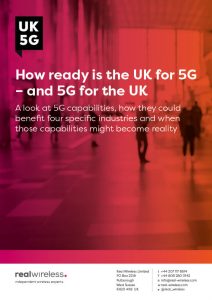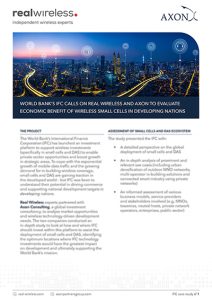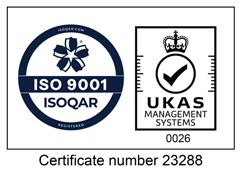Small cells versus distributed antenna systems (DAS)? Is it really that stark a choice? Of course not. Both technologies have their advantages and disadvantages. But it is true to say that the balance has shifted slightly in recent years.
Not long ago there would be three main concerns where indoor coverage was involved: building size, installation cost and the number of operators your end users were signed up to.
For large office blocks with multi-tenants who need multiple operators, DAS – now as then – is probably still the right way to go. Even a modestly sized building might be tempted by the multi-operator capabilities that DAS offers, although purchase and installation costs are higher for such buildings relative to size than for a larger installation.
But things are changing. If multi-operator support becomes the norm for small cells will the balance shift decisively? And will other small cell benefits become apparent?
For example, how far ahead are you looking? If you’ve already installed a DAS system and 5G using completely new spectrum comes along, what do you do? Frequency bands such as 3.5 GHz, 4.9 GHz and mmWave offer new challenges for DAS in terms of signal loss. Small cell network upgrades are much simpler.
And what about edge computing? You may be using our demand modelling capability to work out how services will change. We’re creating projections of how traffic may evolve and what services people are going to be interested in. If you’re considering the potential benefits of edge computing – such as localised computing, storage and services as well as intelligent routing of network traffic – DAS is a much less flexible option. Enterprise IT departments in particular have less control over installation and future direction in the case of DAS: a contractor installs a DAS system and then leaves.
Does that mean we would urge you to avoid DAS? Definitely not. DAS systems are still very stable and reliable in both performance and standardisation terms. They deliver very well for large buildings and for stadia, as Real Wireless has found in many of the projects we have worked on. They do not clutter up space. Maintenance costs are reasonable. And questions of mass-market 5G coverage will not be relevant for some time. Thus, if your CFO has a budget for the next five years DAS could be ideal. After that, he or she can have a rethink.
We can help you, of course. With a diversity of technical and economic skills to call on, Real Wireless has, we think, an unmatched level of understanding of the choices available. Not just DAS, small cells or Wi-Fi but a mix of two or more of these may be the answer for your venue, office building or stadium.
However, the one thing we can definitely say before examining your needs in detail is that if you’re considering a longer-term proposition you will need to be flexible. That’s because we can’t forecast exactly what users of indoor systems will want in five or ten years’ time. What we can tell you is it’s going to change and having feasible projections of the future and an architecture that can cater for them is the economically sensible approach.
















